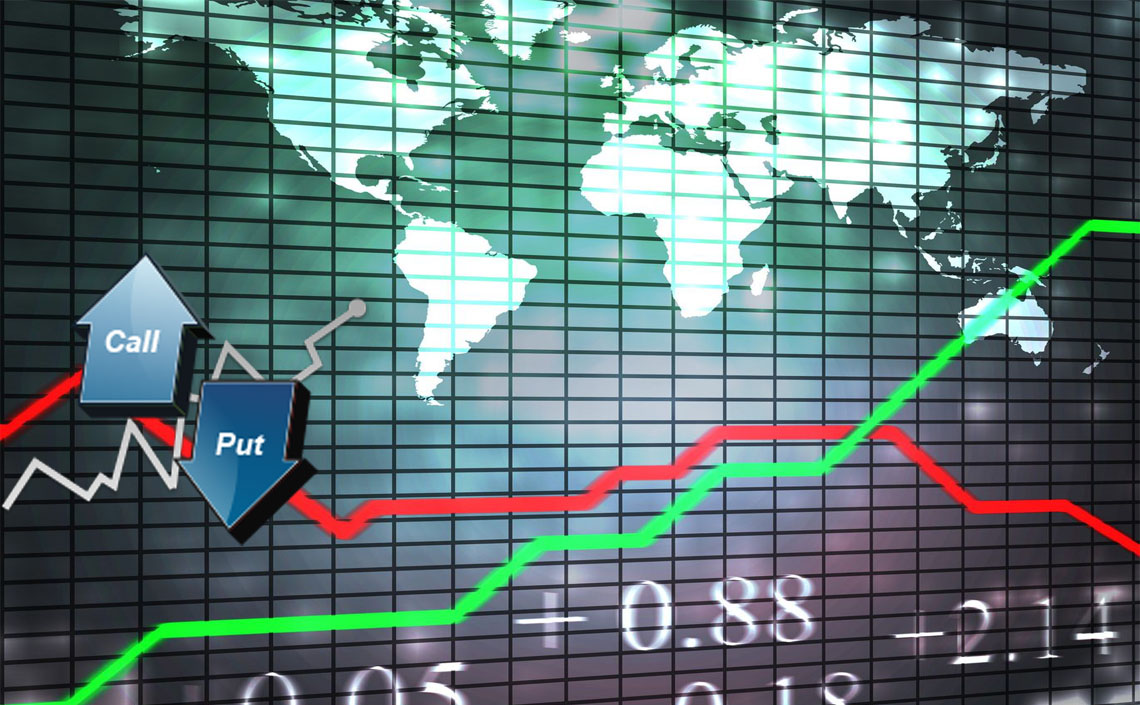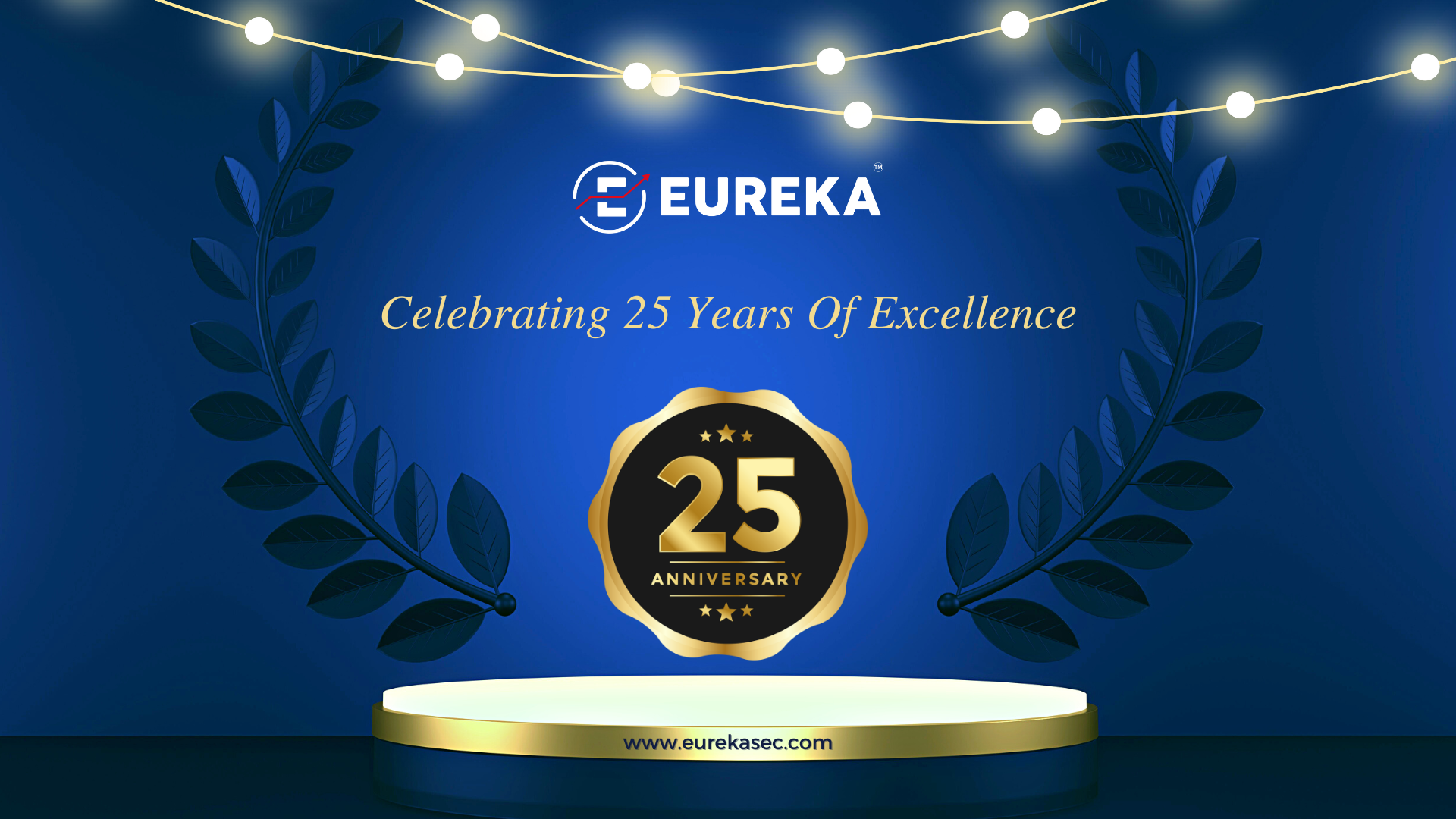
In the last article we discussed how the direction, in which we expect the prices of the underlying asset to move, determines whether to buy a Call or a Put Option. Also, that the success of an Option Buyer largely depends upon the choice of Strike Price.
Apart from direction, time is also an important aspect in Option Trading. We shall discuss the value of time later.
Now, let us understand the utility of Options or simply why you should trade in Options. You can utilize Options for Speculation, for hedging or you can simply collect premium like Insurance Company by writing Options. Obviously, retail clients prefer using options as a speculation tool and they generally buy Options i.e., pay premium. High Networth or Institutional Clients generally use Options as a hedging tool for the open positions in Futures or in Cash or they like to collect premium by writing Options. Suppose you have a health insurance policy and you pay premium every year for the insured amount. Your gain is very limited because most of the years you pay premium and you do not claim it because it is very unlikely that every year you are getting hospitalized. However, the Insurance Company collects premium every year and often they have to take the burden of paying insured amount.
In practical cases, Options writers outperform Options buyers although the risk profile of Options buyer is limited loss and unlimited profit whereas that for Options writer is limited profit and unlimited loss. However, we shall discuss the case of Options buying first because it is a simpler process.
It has been mentioned that Options are basically of two types – Call Option and Put Option. Call Option gives the buyer the right but not the obligation to buy and Put Option gives the buyer right but not the obligation to sell. So, when you feel that the price of the underlying asset will increase, you will buy Call and when you feel that the price of underlying asset will fall you will buy Put. By doing so, you will pay premium. As explained earlier, your loss is limited only to the extent of this premium amount. The amount of premium depends on the strike price, the timing and the volatility. Strike prices are mainly of three types – In the Money, At the Money and Out of the Money.
In the money Option: An in-the-money (ITM) option is an option that would lead to a positive cash flow to the option holder if it were exercised immediately. A call option on the index or stock is said to be ITM when the current index or stock price (Spot Price) stands at a level higher than the strike price (i.e. spot price > strike price). If the index is much higher than the strike price, the call is said to be deep ITM. In case of a Put, the Put is ITM if the index is below the strike price (spot price < strike price).
For example, suppose Nifty spot price is now 8500. A strike price of 8400 is ITM Call option and a strike price of 8600 is ITM Put option.
At-the-money option: An at-the-money (ATM) option is an option that would lead to zero cash flow if it were exercised immediately. An option on the index or Stock is ATM when the current index or Stock price equals the strike price (i.e. spot price = strike price).
For example, if Nifty Spot price is 8500 then strike price of 8500 or maximum 8550 is ATM Call and strike price of 8500 or maximum 8450 is ATM Put.
Out-of-the-money option: An out-of-the-money (OTM) option is an option that would lead to a negative cash flow if it were exercised immediately. A call option on the index or Stock is OTM when the current index or stock price stands at a level which is less than the strike price (i.e. spot price < strike price). If the index is much lower than the strike price, the call is said to be deep OTM. In the case of a put, the put is OTM if the index or stock is above the strike price (spot > strike).
For example, suppose Nifty spot price is now 8500. A strike price of 8600 is OTM Call option, 8700 is deep OTM Call and a strike price of 8400 is OTM Put option.
Now suppose Nifty spot is 8500 and there are three price levels 8400, 8600 and 8700. If you think that Nifty will rise, which strike price will have highest premium? That depends on the possibility of achieving the strike price levels i.e, Nifty has already crossed 8400 so there is no risk at all with respect to achieving this level and hence this strike price will have highest premium. Then achieving 8600 level is easier than achieving 8700 level, so 8600 strike has higher premium than 8700 and since there is least possibility to achieve 8700 level so 8700 will have lowest premium on call side.
However, it is not always a wise decision to buy the strike price which has the lowest premium. After all, the Option trading is not a low cost casino.







